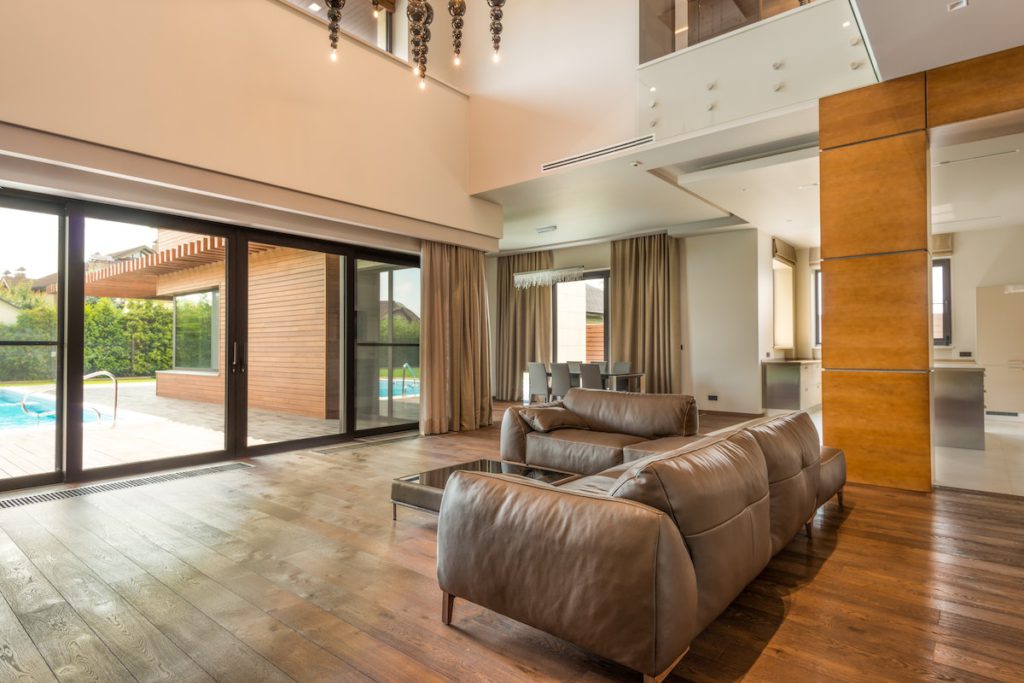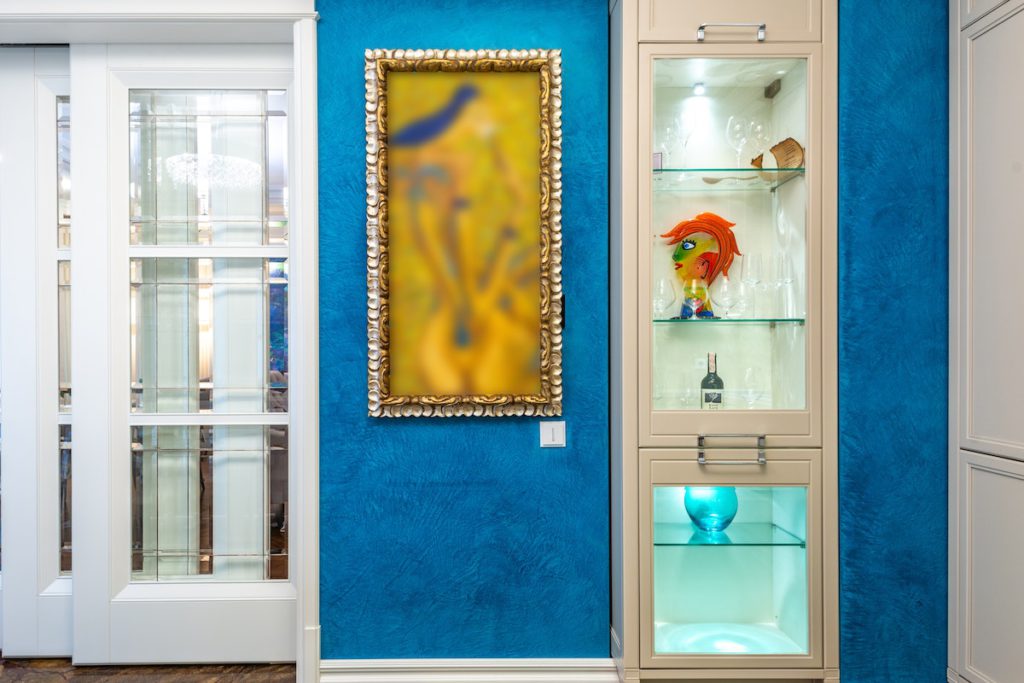Installing a sliding door in your home can significantly add style and functionality to your living space—however, a few things to consider before you begin the installation process.
First, you’ll need to decide on the type of sliding door you want to install. One popular option is a floor to ceiling sliding door, which can add a modern and elegant look to any room. These doors are great for separating living areas or creating a seamless transition between indoor and outdoor spaces. However, they can be more expensive and difficult to install than traditional sliding doors, so be sure to factor this into your budget and timeline.
Next, you’ll need to determine the size and location of the sliding door. The door should be large enough to provide easy access to the room but not so large that it takes up too much space. Consider the flow of traffic in the room and the location of any furniture or obstacles. You’ll also need to consider the door’s orientation and whether it will need to be installed on a wall or in a doorway.
Another essential factor to consider is the type of sliding door hardware you will use. Many different types of hardware are available, including traditional rollers, soft close cavity sliders, and more modern options like pocket doors. Soft close cavity sliders are an excellent choice for high-traffic areas as they provide a smooth and quiet operation and prevent slamming.

Another thing to consider when installing a sliding door is the security aspect. Sliding doors are known to be less secure than traditional hinged doors, so it’s essential to choose a sliding door with a secure locking mechanism. You can also consider installing additional security measures such as sliding door locks, security bars or even a security screen door. These additional security measures will provide an extra layer of protection for your home and give you peace of mind.
When installing a sliding door, it’s also essential to pay attention to the details. Make sure that the door is level and that the tracks are correctly aligned. If you’re installing a floor-to-ceiling sliding door, you’ll need to ensure that the top track is level and that the door is correctly aligned with the bottom track.
Finally, once your sliding door is installed, please test it to ensure it works correctly. Open and close the door several times to ensure that it’s moving smoothly and that there are no issues with the tracks or hardware. If you notice any problems, address them immediately to avoid any potential damage or injury.
In conclusion, a sliding door can significantly add style and functionality to your living space. However, before you begin, consider the type of door, the size and location, the type of hardware, the installation details and the door testing. Considering these factors, you can ensure that your sliding door is installed correctly and will provide years of trouble-free use.
When it comes to the material of the sliding door, glass is a popular choice as it allows natural light to pass through and can create an illusion of more space in the room. Glass sliding doors are also low maintenance and easy to clean. However, if privacy is a concern, you can opt for frosted or opaque glass or a sliding door made of wood, aluminium or PVC. Each material has its benefits and drawbacks, so choosing the one that best suits your needs and budget is essential.
